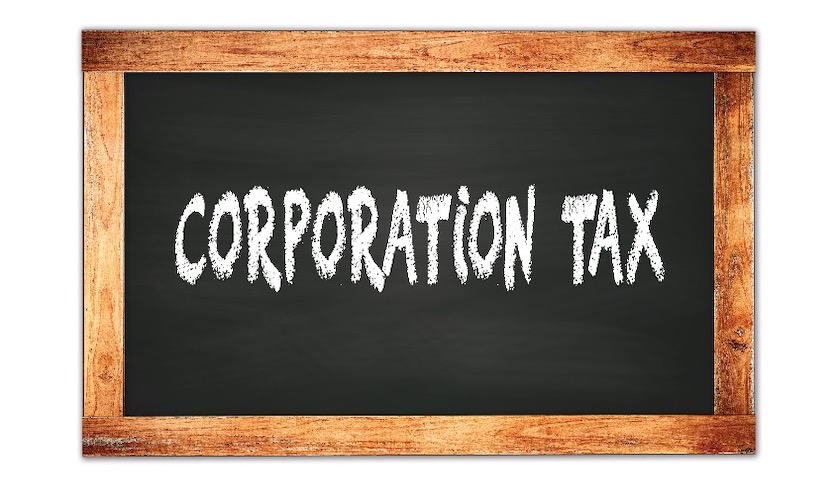In this article, we look at what the associated company rules are, how they work and how they could apply to you.
Tapered corporation tax rise
The main rate of corporation tax rose from 19% to 25% back in April 2023. However, businesses with profits under £50,000 per year continue to pay 19%. Companies with profits between £50,000 and £250,000 will pay a tapered rate between 19% and 25%.
Because of this tapered rate, some businesses may try to split their activities between different companies. For example, a company with profits of £80,000 might try to split the profits via two separate companies. The aim would be to keep the profits of each below £50,000, ensuring they were taxable at the lowest corporation tax rate of 19%.
Rules for associated companies
Unfortunately, if you try to split your activities between companies, you’ll fall foul of the rules that apply to associated companies. These rules were last relevant in 2014/15 when profit thresholds for marginal relief were set at £300,000 and £1.5 million. Now that marginal relief will kick in at only £50,000, these rules will be relevant to a lot more businesses.
Section 18E of the Corporation Tax Act 2010 defines a company as an associated company of another when:
- one of the two has control of the other, or
- both are under the control of the same person or persons.
At its simplest, a company that controls another is deemed to be associated. Similarly, companies controlled by the same person(s) are considered to be associated as well.
However, for the corporation tax rules to apply, companies also have to have a relationship of ‘substantial commercial interdependence’. In a nutshell, companies have ‘substantial commercial interdependence if they are:
- Financially interdependent – one company lends to another, guarantees its borrowings or both have a financial interest in the same business
- Economically interdependent – both companies share economic objectives, they have customers in common or the activities of one firm benefit the other
- Organisationally independent – the companies share management, staff, premises or equipment.
If two or more companies are deemed to be associated and have substantial commercial interdependence, then their profits will be added together to determine which rate of corporation they will pay. For example, if two associated companies each have taxable profits of £80,000, their combined tax bill would be £40,000 with a marginal relief of £1,350 – a total of £38,650.
However, if the two companies were not associated, each would pay £20,000 with a higher marginal relief of £2,550 – a total of £17,450.
Rules regarding associates
To evaluate whether companies are controlled by the same group of people, complicated rules apply. Associates include:
- Close family
- Business partners
- Settlements and will trust associates
To give a simple example, a husband owns 100% of the shares in Company A. His wife owes all the shares in Company B.
Now imagine Company A is pub business. Company B is a catering business that sells food at the pub premises. As a result the two have substantial commercial interdependence. The corporation tax rate they will pay is based on their combined profits.
In contrast, imagine that Company A is a construction business in Wanstead. Company B is a florist in Saffron Walden. The two have no have commercial interdependence. As a result their corporation tax rates would be completely separate.
Complying with associated company rules
As you can see, the rules regarding associated companies are somewhat complex. However, if you and your family or other associates have interests in multiple businesses, it may be a good idea to talk to one of our accountants. They would be very happy to advise you on how best to structure your businesses and comply with associated company regulations.
About Andy Green
As Client Director Andy Green works primarily in delivering audit and assurance services, particularly in the Retail and Technology Sectors, as well as being the firm’s Compliance Director. These roles both bring great responsibility in ensuring that the outstanding quality and reputation of the firm is maintained.
After training and qualifying with a mid-tier firm of Chartered Accountants in the City, Andy spent some time in investment banking before joining THP in 2008, a move driven by his desire to get back into the profession. “The beauty of working for an accountancy practice is that every day is different – and you’re constantly achieving successes for your clients.” With Andy’s natural ability in interaction, THP is the ideal place.
With his positive drive and sense of humour Andy works with an array of clients, giving each the ultimate attention no matter what the size of their company.
More posts by Andy Green











